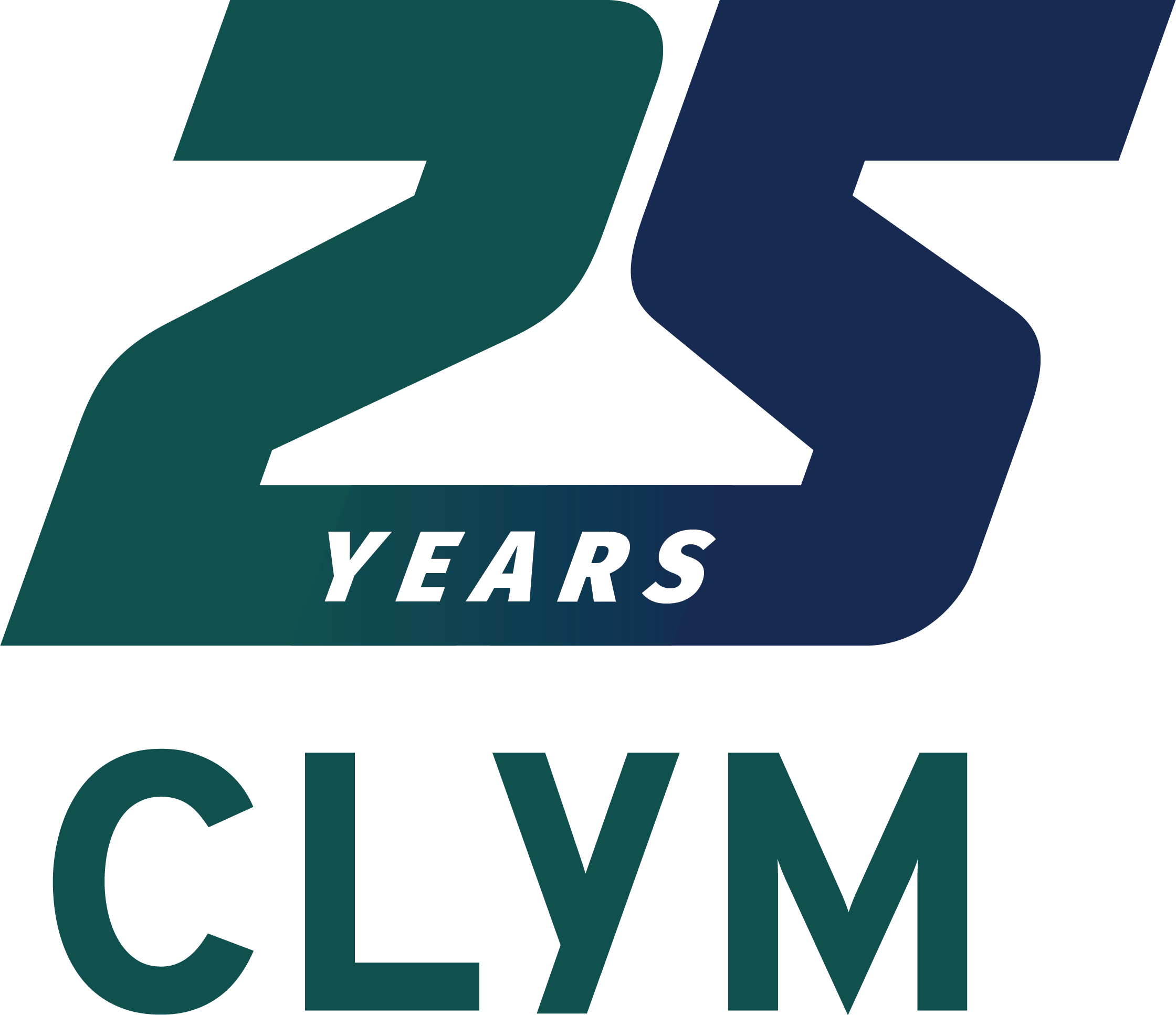
The typical healthcare facility produces vast quantities of medical waste every day, and each disposal situation demands a different solution. Guidelines for the safe and proper disposal of hazardous and non-hazardous solid wastes are dictated by the Environmental Protection Agency (EPA) and the Resource Conservation and Recovery Act (RCRA). Becoming familiar with these regulations and using them as a guideline for your healthcare facility’s practices for medical waste disposal will preserve your employees’ health and wellness, safeguard your community and the environment, and protect your bottom line.
Medical waste that is improperly disposed of can have huge consequences. To protect your workforce, the community, the environment, and your financial solvency, it is critical to observe every rule and regulation related to the safe and compliant disposal of medical waste. Start with the following best practices:
1. Determine the Category of the Medical Waste. Medical waste is classified based on the potential danger of its transport and disposal. For example, sharps—as long as they are adequately contained—pose less danger than biohazardous waste. Because it has the potential for serious abuse if it falls into the wrong hands, pharmaceutical waste poses a unique threat. Be sure to evaluate each type of medical waste generated by your facility in light of the unique rules, regulations, and protocols that pertain to it specifically.
2. Use Correct Containment Methods. Appropriate precautions onsite by your facility’s staff plays a key role in the safe and compliant processing of medical waste. Observe the highest level of caution when storing your medical waste between pick-ups, particularly in the case of sharps—be sure to use puncture-proof PPE.
3. Hire a Professional. To ensure compliant transportation of medical waste to the treatment facility, there is no substitute for an authorized, credentialed medical waste disposal specialist. A strict set of protocols are in place to guide the safe transport of medical waste from the healthcare facility to the treatment facility to be sure that even in the event of a vehicle failure or other unforeseen circumstance, the transport will proceed smoothly and safely.
Risk of death, injury, or exposure is the most serious risk associated with improper disposal of medical waste. Hazardous medical waste, such as biohazards, sharps, and pharmaceuticals can cause contamination, injury, or even death if not properly stored between pick-ups, transported carefully, and disposed of according to safety protocols. Should any member of a healthcare facility’s staff be injured during the waste management or disposal process, the Occupational Safety and Health (OSHA) guidelines demand serious consequences. Training of any staff who works directly with medical waste should always stress the importance of observing all safety precautions meticulously.
Failure to observe disposal regulations in the workplace can bring about serious legal issues, even without the tragedy of having someone suffer ill effects related to improper medical waste disposal. A medical organization is always held liable for any sort of incident, and ignorance of the law—which can be very confusing at times—is not an excuse. Fines are frequently imposed not just for every general breach of compliance but for every individual infraction within the process.
In addition, harm to any staff members, patients, or members of the community in which you are located leaves you open to a lawsuit that even malpractice insurance will not cover, bringing operations to a screeching halt. Your liability as a medical professional may even have increased in light of the ongoing COVID-19 pandemic.
At CLYM, we give every rule, regulation, guideline, and safety protocol regarding the safe and compliant disposal of medical waste our most careful attention. Observing the strictest, most compliant policies will help keep your staff, patients, and the community you serve as safe as possible.
